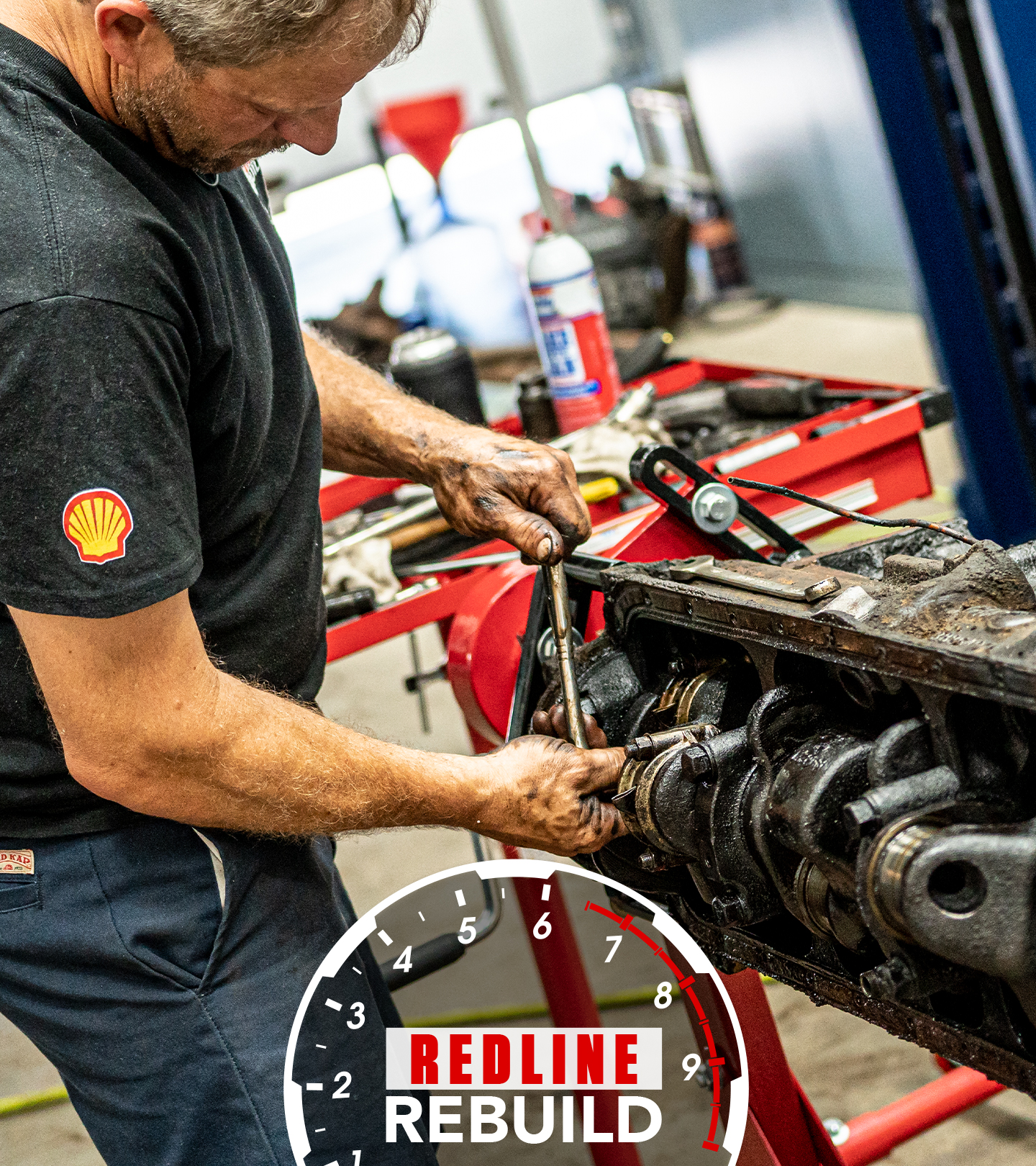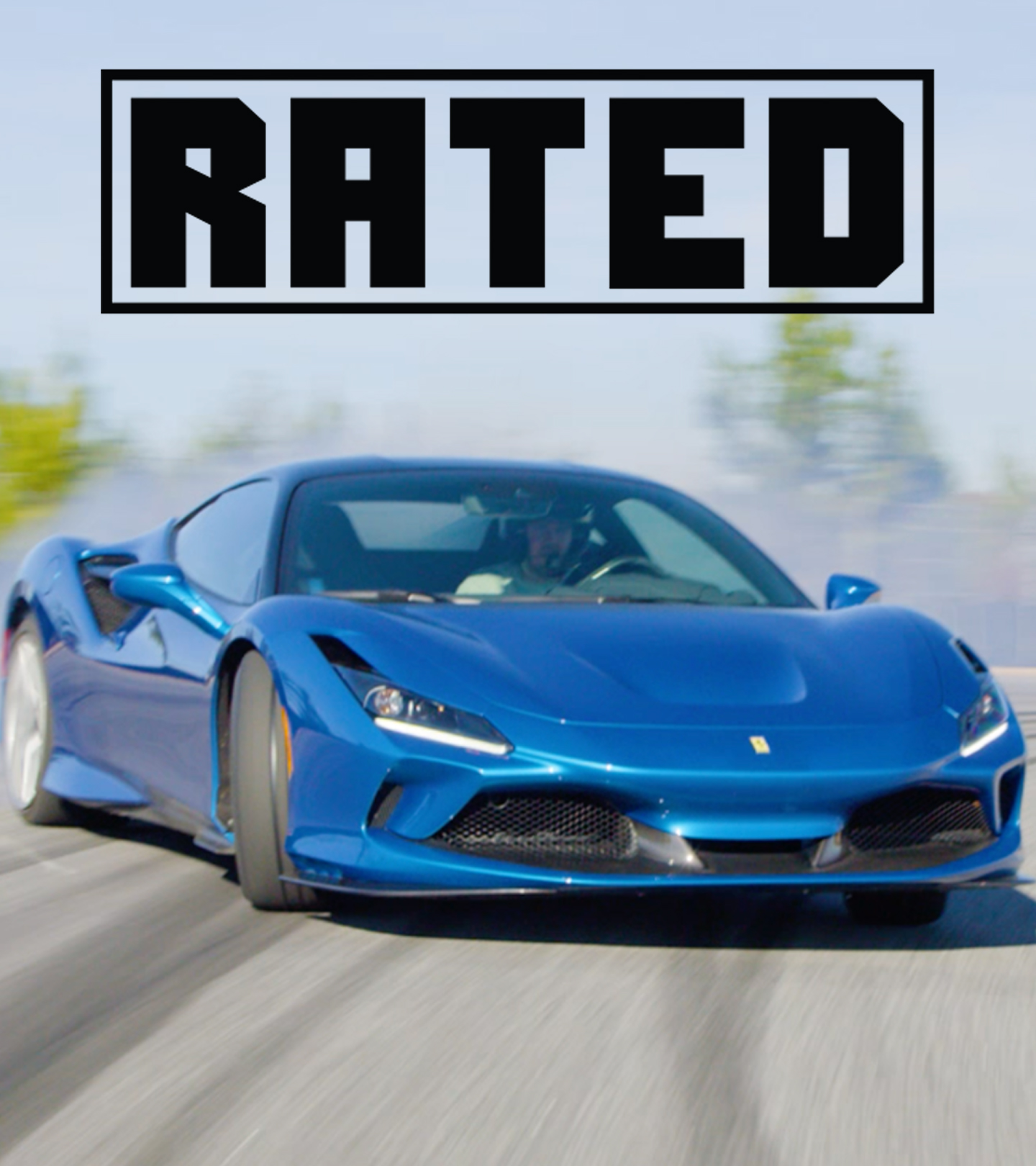The ZR-1 was too expensive to succeed — but too good to ignore | Revelations with Jason Cammisa | Ep. 16 - Hagerty Media
One of the design briefs for the C4 Corvette was that it had a minimal frontal cross-section, so it was less visible to radar. In other words, it helped you get away with speeding.
Another target was to be the most powerful car sold in America. The 1990 – 1995 Corvette’s ZR-1 option package was the most expensive in the history of Detroit, but it gave the Corvette world-beater firepower.
Its LT5 V-8 was designed by Lotus and built by Mercury Marine, an all-aluminum, four-cam V-8 that was developed from the Lotus Etna concept engine, not a Small Block. It shared the traditional Small Block 4.40-inch bore spacing (after a quick redesign) and used an early form of passive Variable Valve Timing.
The 32-valve V-8 breathed through 16 individual intake runners, half of which could be closed off at low loads. When opened, those runners breathed through valves that ran on a far more aggressive cam profile. This allowed the engine to be both torquey and efficient at low-rpms, but powerful at the top.
The 2023 Corvette Z06 is the first DOHC V-8 in a Corvette, but the ZR-1 was the only ever installed in the front.
And through the ZR-1 broke records, it wasn’t the sales success that Chevrolet had hoped for — and there are many very interesting reasons why – culminating in the grudge-match development of the LS-series Small Block.
Host Jason Cammisa takes us through the story in this episode of Revelations.









